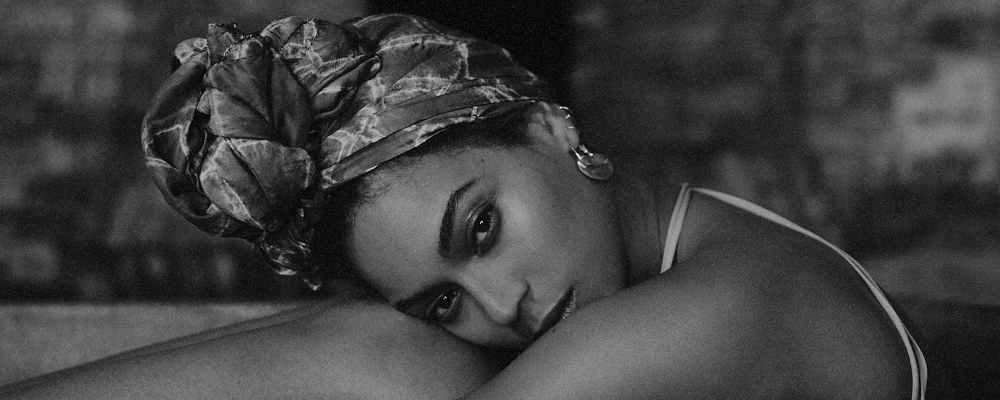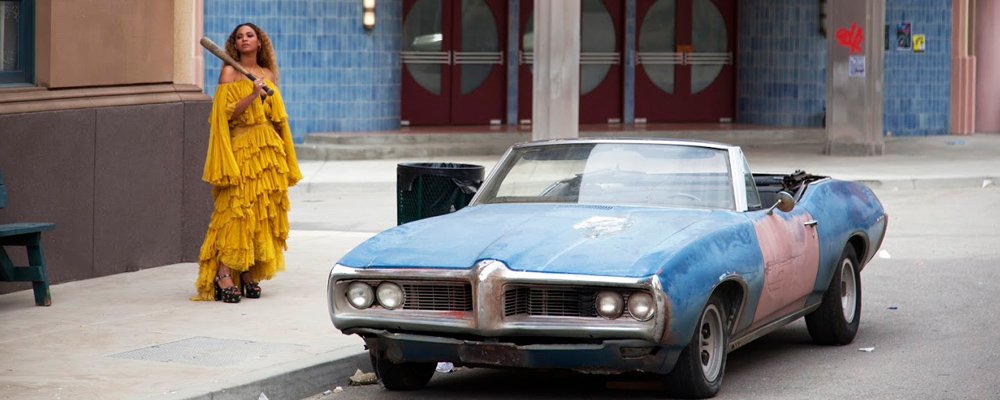Beyoncé Surprise Releases the Devastatingly Honest Visual Album ‘Lemonade’
Matt Matasci
With the surprise release of “Lemonade” at the end of a Saturday evening, Beyoncé has proven once again that she is the queen of the music world. It wasn’t just any Saturday night either – it was the middle of the second weekend of Coachella, arguably the most important music festival in the country. The moment that news of “Lemonade” dropping hit the Twitter-verse, there was only one artist who mattered, Queen Bey. It was not shocking news that Beyoncé was going to be up to something on May 23 as a previously announced HBO special was scheduled to air. Considering the manner in which 2013’s “Beyoncé” was released as a similarly-styled visual album without warning or a publicity push, this was not new territory for the singer.
The music on her sixth studio album backs up the hype and then some. The songs dig deep into the singer’s marital strife and the title references making lemonade out of the lemons she’s been handed in life, a sentiment her grandmother states in a speech toward the end of the visual album. She frames her personal struggle over women’s travails (though black women specifically) bemoaning her husband’s infidelity and applying those feelings to husbands and fathers of the women who came before her. While similar subject matter was covered on “Beyoncé,” there were several blissful moments (“ride it with my surfboard”) that kept it from being full-on heartbreak in the way that “Lemonade” is. Despite the grim topics, this is still not completely a break-up record or a notice to Jay-Z that their marriage is over – the rap mogul appears in the visual component of the album while Beyoncé is credited with the last name Knowles-Carter.
As far as the music itself is concerned, “Lemonade” takes another step into the experimentation and genre-hopping that Beyoncé has demonstrated on her releases over the past decade. Writing credits are liberally granted to a wide spectrum of artists from Animal Collective and Yeah Yeah Yeahs to James Blake and Jack White. While the latter two actually collaborated with Beyoncé while she worked on the album, the other artists were given credit if the producers felt the song contained strong elements of their work. In many ways, these writing credits are simply an acknowledgement of the influence and inspiration for Beyoncé and her “Lemonade” co-creators.
Bey’s influences are more diverse than ever on “Lemonade.” The album runs the gamut from folksy acoustic pop (“Daddy Lessons”) to rocking Southern Blues grit (“Don’t Hurt Yourself”) to avant-garde minimalist R&B (“Pray You Catch Me,” “Love Drought”). “Don’t Hurt Yourself” replaces traditional hip-hop and pop instrumentation with a jagged wall of White’s distorted guitar crunch. Despite these aesthetic adjustments, the structure and atmosphere of the song are still so clearly Beyoncé. “Pray You Catch Me” opens the album with a bang, offering a vivid look into the seemingly tumultuous relationship between Beyoncé and Jay-Z. The minimalist instrumentation is guided by a delicate piano presence while the lyrics peek into the thoughts that run through a cheated-on spouse’s mind: “You can taste the dishonesty / It’s all over your breath as you pass it off so cavalier. . . . Nothing else ever seems to hurt like the smile on your face / When it’s only in my memory.” While these songs are clearly written on a personal level, the spoken word aspect of the visual album, with excerpts taken from the work of Somali-British poet Warsan Shire, takes them to another level. The poetry and imagery of the video take the personal issues of Beyoncé and Jay-Z and repositions them universally across generations of women.
“Hold Up” offers the first of several early-album highlights, taking a dancehall instrumental aesthetic and Beyoncé adopting an island-inspired lilt during the chorus. On the visual album, she is shown strolling down café-lined city streets, smashing cars and wielding a baseball bat. In videos and on stage, the singer typically takes on extremely intense, visceral facial expressions. What makes the visual aspect of “Hold Up” stand out is the total lack of intensity on her face. Instead, Beyoncé smiles in a cheerful manner as she wreaks havoc on the city streets. The transition from “Hold Up” to “Don’t Hurt Yourself” features Beyoncé driving a monster truck over stodgy old sedans, a metaphor for the manner in which she is crushing the old ideals.
Behind the backdrop of her personal issues, “Lemonade” is a powerfully feminist record. Some of the most transparent evidence of this appears on “6 Inch,” a song that features The Weeknd and was co-written with Boots. An ode to ladies who stay on their grind no matter what, the track features declarations such as “She’s stacking money, money everywhere she goes . . . she works for the money, she works for the money . . . . Oh baby you know, she got them commas and them decimals / She don’t gotta give it up cause she professional.” Earlier in the album, the Jack White-assisted “Don’t Get Hurt” explores race and feminism with a sample ringing out mid-song, “The most disrespected person in America is the black woman; The most unprotected person in America is the black woman” as the video flashes between shots of everyday African-American women.
While the majority of “Lemonade” refuses to follow R&B conventions, there are a few exceptions that fall into a more traditional pop aesthetic. Utilizing nothing but a piano, Beyoncé’s voice and occasional studio magic, “Sandcastles” uses waves as a metaphor for the manner in which reality can “wash away” the love two people build. Despite the slow pace and dark piano presence, the lyrics provide some hope for the future: And your heart is broken cause I walked away / Show me your scars and I won’t walk away / And I know I promised that I couldn’t stay, baby / Every promise don’t work out that way.” Songs like “Sandcastles” demonstrate that while “Lemonade” was written from a place of pain, there is also the promise of redemption and forgiveness. Before “Sandcastles” commences during the visual album, the interlude features Beyoncé’s voice stating: “Baptize me now that reconciliation is possible. If we’re gonna heal, let it be glorious.”
Meanwhile, “Forward” very prominently features James Blake and at just over one minute in length, serves as a quasi-prelude to the psyched-out garage-R&B track “Freedom.” Featuring Kendrick Lamar, the track recalls another forward-thinking R&B album based upon the crumbling of a relationship due to infidelity, Adrian Younge’s “There’s Something About April.” “All Night” gradually builds from simple blues guitar stabs and in many ways serves as the logical conclusion of “Lemonade.” Yes, technically the first single “Formation” is the proper album closer but it feels like a tacked-on post-script instead of a cohesive piece of the “Lemonade” narrative. Unsurprisingly, “Formation” is not included in the visual album (though it is heard over the final credits). Instead, the short film concludes on a hopeful note with triumphant brass flourishes and footage of real-life couples semi-candidly showing affection to each other.
Like many Beyoncé albums, “Lemonade” will surely be a topic of conversation among music fans for years to come. While the music itself is powerful and empowering, the inclusion of a visual album makes it one of the most ground-breaking albums in music history. With both racial and gender equality on the tip of everyone’s tongue these days, few artists would be able to address each in such a powerful and graceful fashion as Beyoncé does on “Lemonade.”
Beyoncé’s “Lemonade” is available exclusively on Tidal.




